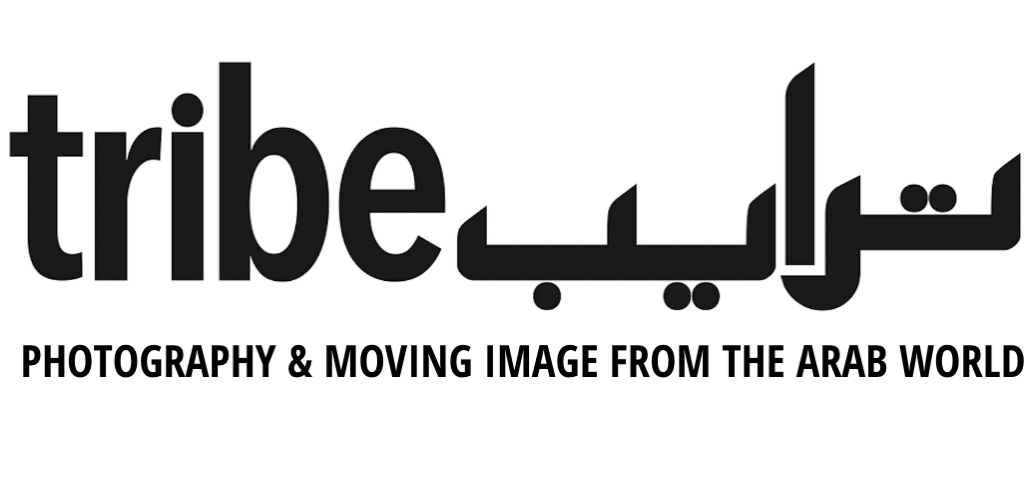Sima Zureikat: A Court for Reed & Rush
A reinterpretation of Jordan’s landscape
Sima Zureikat, #1 Downtown, from the series A Court for Reed and Rush (2018) 110 x 110 cm (each). Courtesy of the artist.
With text by T. Khalifa, writer, researcher and independent curator.
In today’s world, the photographer is faced with the quandary of how to create work with verisimilitude, especially in a time where the medium has been marred by instant and filtered digital imagery. Sima Zureikat (b. 1978), an American with Jordanian heritage, has mastered this challenge by confronting her audience with a complex awareness, something more than a click of her camera. In her work, A Court for Reed and Rush, for the 30th anniversary of Darat al Funun, in Amman, Zureikat interprets an excerpt from a Mahmoud Darwish poem The truth is black, write over it with mirages of light in a triptych series. We sit down with Zureikat to get a better understanding of her passion, her drive and what has inspired such an evocative rendering of the Jordanian landscape.
Since Zureikat’s moved to Jordan in October 2001 upon completing her, B.A. in Studio Arts from Oberlin College, Ohio. She hopped on a plane towards Jordan, to sate her need for connecting with her heritage. ‘I just went crazy,’ she professes, ‘I just did everything, really experimental work, while I still studied...the analogue process. I had a dark room and I was doing all kinds of things with layering multiple exposures, alternative processes and utilising different kinds of cameras. I fell in love with the landscape and Jordan. It gave me so much inspiration.’
The series A Court for Reed and Rush is the outcome of resurrecting an older unfinished landscape project entitled The Edge of Amman. The previously taken photographs captured the edges of the city; the areas where the city’s boundaries tapered off into the desert. However, upon revisiting the sites years later, specifically after the Arab Spring, during a time when Jordan was experiencing a high population- growth due to the influx of refugees hailing from neighbouring countries, the edges of the city she previously photographed were gone. ‘I just drove and drove and the city just kept going on,’ she explains, ‘so I thought maybe I’m thinking about it wrong. My thinking is too linear, (instead) I have to think more in a circle.’
Upon that conviction, her latest series began to take shape. For her triptych, Zureikat exchanges the placement of buildings, and then further re-exposes the original images and finishes by placing bodies of water in the centre. By bending the horizon into a hoop, she creates irises of juxtaposed buildings surrounding what she calls her ‘mirages.’ When asked what the mirages represent to her, Zureikat elaborates, ‘The mirage is something that you desire to see but feels like it’s just outside your reach...the water in this sense represents life, fertile ground, and sort of promise of life, you know, like a promise of prosperity.’
Each piece displays one of three key sites: the city landscape of downtown Amman, the mountain terrain between Jordan and the Golan Heights, and the agricultural region of the Ghor along the Jordan River. Her multi-layered visions becoming an amalgamation of the past and the present. Zureikat describes her work as a kind of alchemy, where she inextricably merges each element to create something completely new and remarkable.
'I do have to be surprised by the work. I usually start with a very clear idea about what and why I want to do something or let’s say how I want to start. And why I want to start but I don’t always have the complete picture of the end until I am in the middle of the process.... There’s still so much to explore with as Jordan, itself, keeps changing and because it keeps changing work keeps changing.’
A Court for Reed and Rush is in the group exhibition ‘Truth is black, write over it with a mirage’s light’ at The Khalid Shoman Foundation: Darat Al Funun to celebrate the Foundation’s 30th Anniversary.


